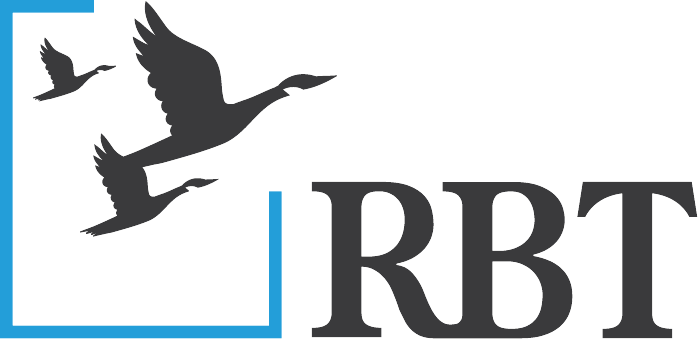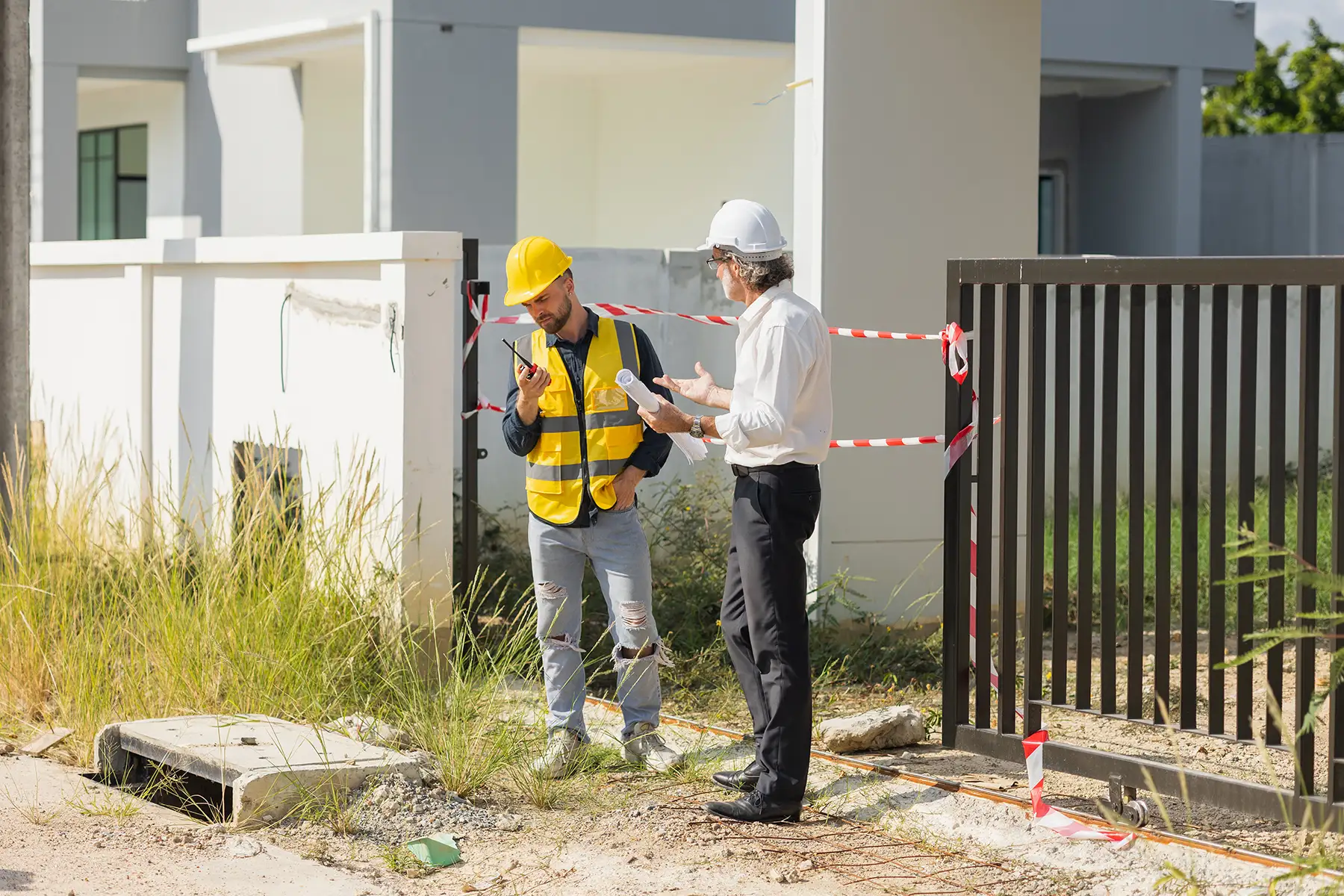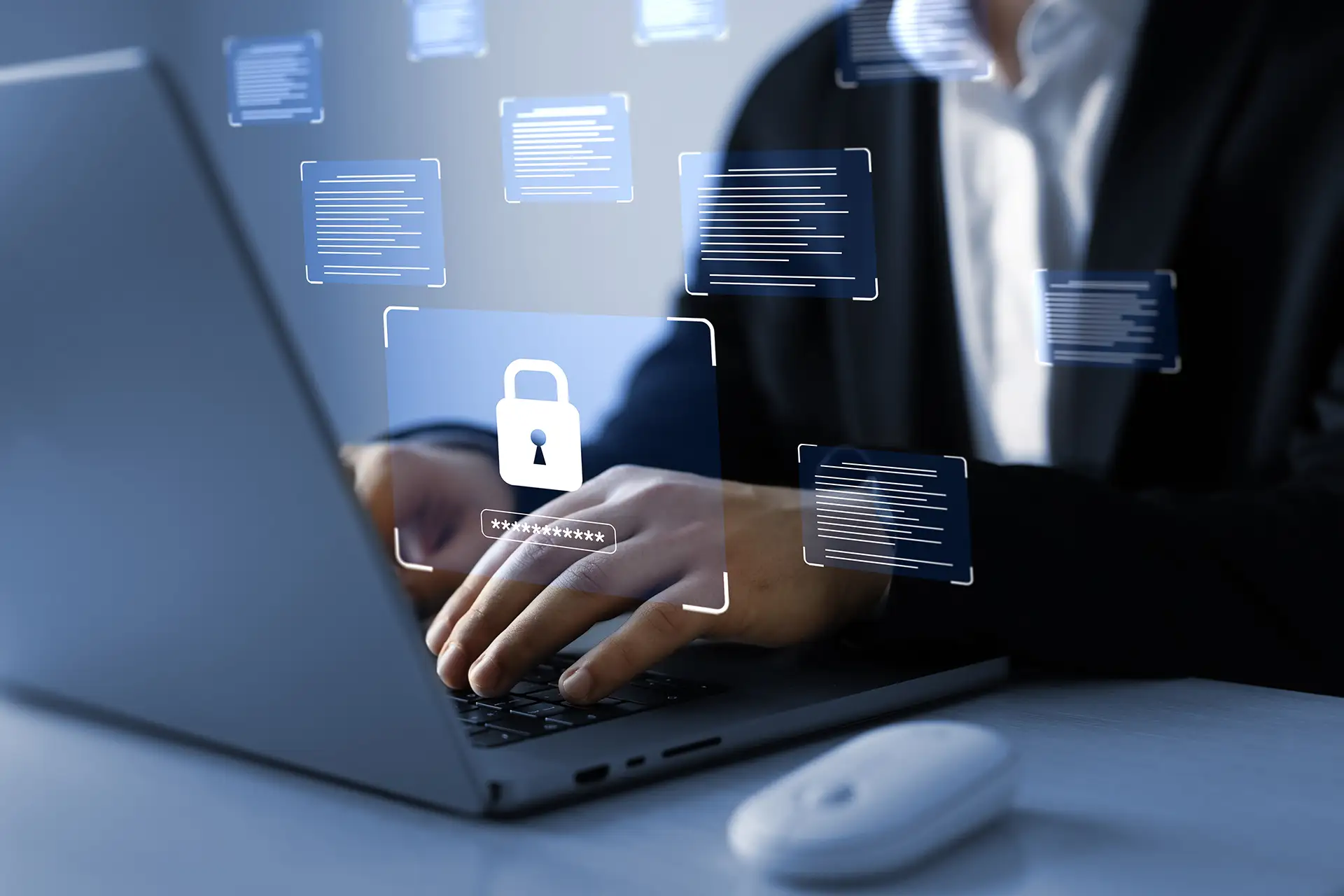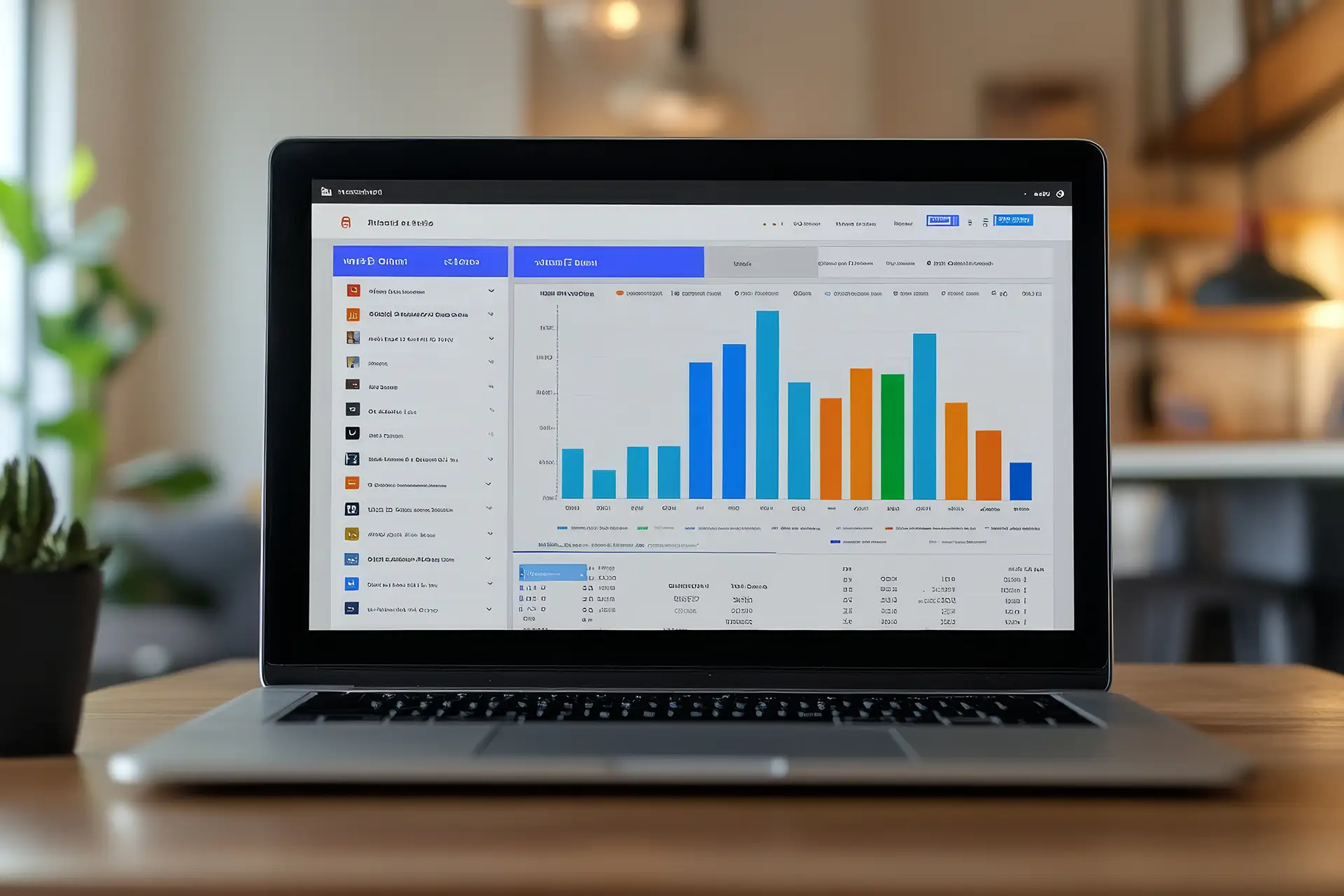If you are a real estate professional purchasing, constructing, renovating, or expanding a property, you may be able to maximize your tax deductions through a cost segregation study. With bonus depreciation set to phase out fully by 2027, you might want to consider conducting a cost segregation study sooner rather than later in order to make the most of current tax-saving opportunities.
What is a cost segregation study?
Cost segregation is a tax strategy that can be combined with bonus depreciation to maximize tax deductions for property owners. The standard depreciation period for real estate is 39 years for commercial properties and 27.5 years for residential rental properties. However, many building components depreciate at a faster rate than the building structure itself, and can therefore be written off sooner. A cost segregation study assesses various components of a building or property and categorizes them based on their depreciation periods. Building components (i.e., carpets, cabinetry, countertops, electrical components, etc.) are separated into groups of 5-year assets, 7-year assets, and 15-year assets. Segregating depreciable building components into 5, 7, and 15-year assets allows property owners to deduct more in the short-term, rather than over the course of 27.5 or 39 years.
What is bonus depreciation?
Bonus depreciation is a tax incentive that allows property owners to take an immediate deduction for investments in depreciable assets, rather than spreading deductions out over the course of several years. The Tax Cuts and Jobs Act (TCJA) of 2017 established a bonus depreciation rate of 100%, meaning 100% of the costs of qualifying property could be written off in the first year of purchase. Since 2023, the bonus depreciation rate has decreased by 20% per year until it is due to completely phase out in 2027. The bonus depreciation rate for 2025 is 40%, and the rate for 2026 will be 20%. Real estate professionals planning to invest in new property may benefit from doing so before bonus depreciation phases out in 2027. Efforts to restore 100% bonus depreciation are currently underway in Congress.
What is the benefit of a cost segregation study?
Accelerating depreciation deductions through a cost segregation study reduces the property owner’s taxable income, thus reducing tax liability and increasing cash flow. Cost segregation studies can be conducted for newly purchased or constructed properties, but can also be applied retroactively for properties previously acquired or constructed. Cost segregation studies are a valuable tax-saving tool on their own, but can lead to even more tax savings when combined with bonus depreciation.
Interested in a cost segregation study?
RBT CPAs’ experts are available to conduct a cost segregation study of your property, identifying accelerated depreciation opportunities and helping you to improve your cash flow. In addition to cost segregation studies, we also assist clients in real estate tax planning, financial reporting, budgeting and forecasting, property management accounting, Low-Income Housing Tax Credits, and other accounting services. Our team of skilled accountants possesses the expertise and industry insights needed to optimize your financial performance. Give us a call today to learn more.









